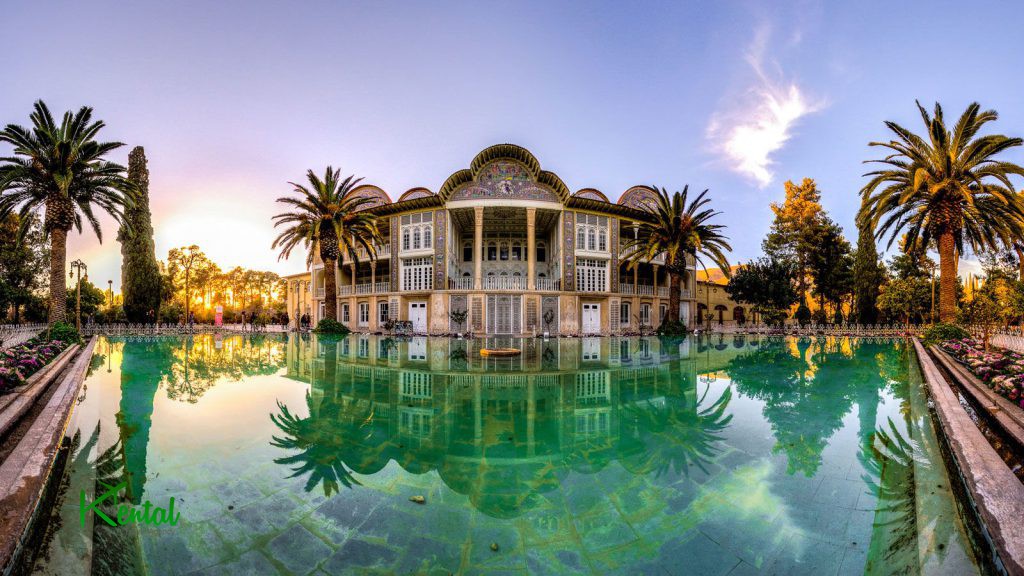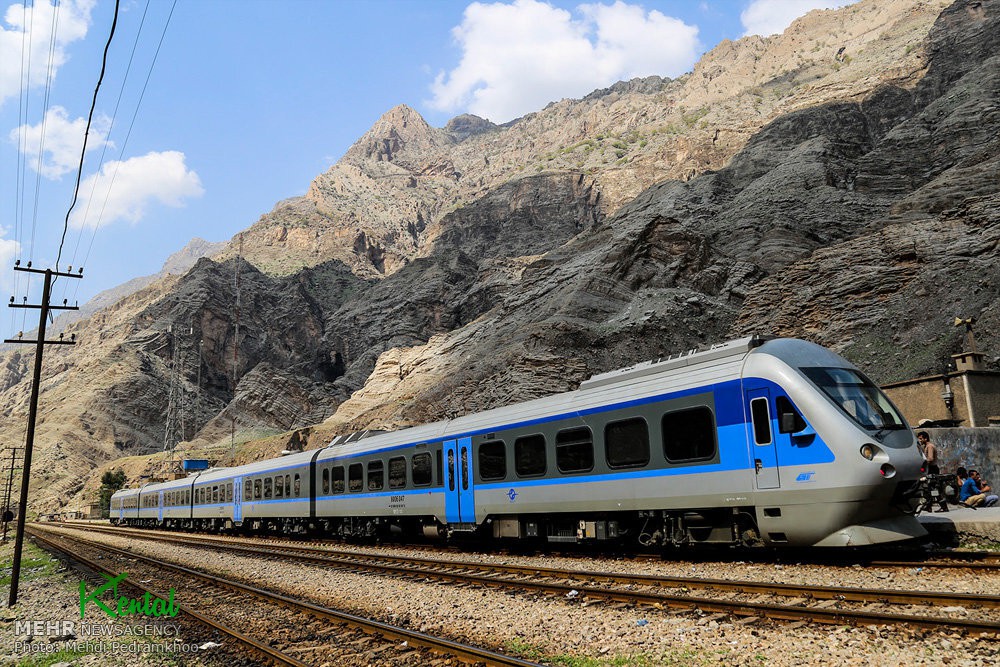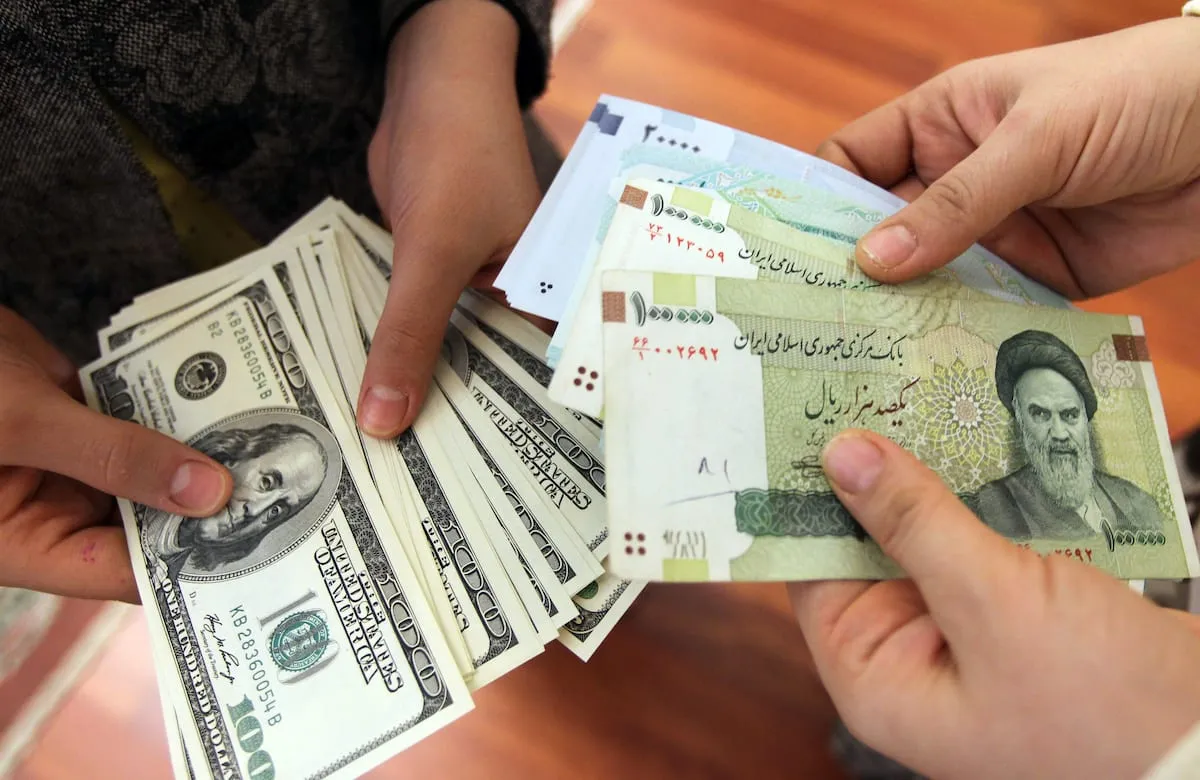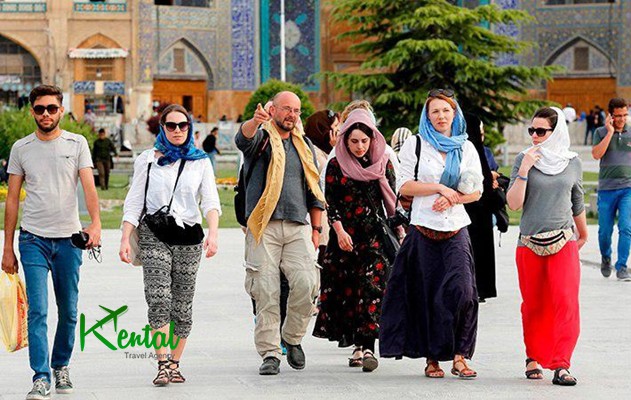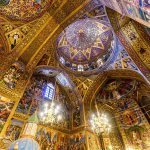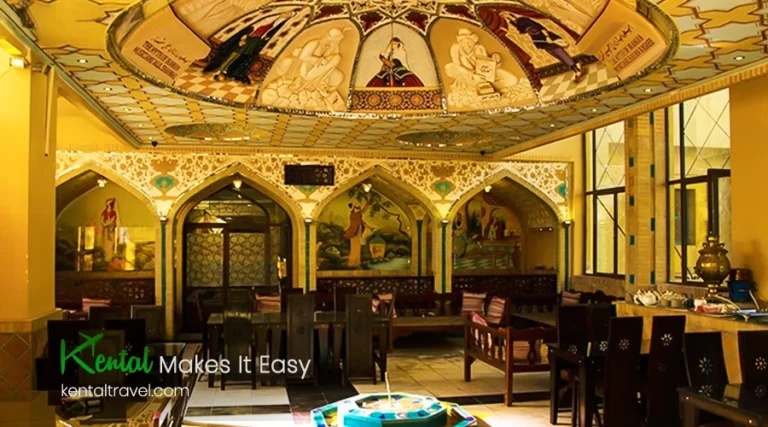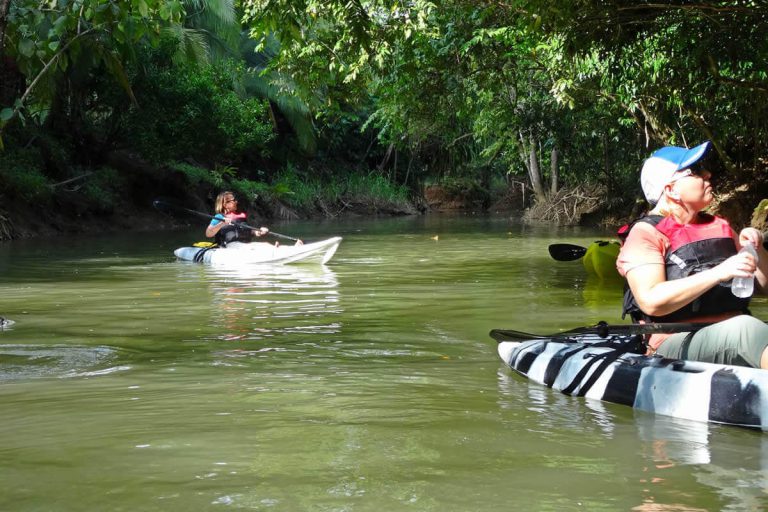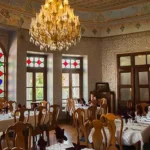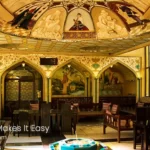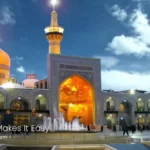One of the prerequisites for traveling to a foreign country is research about that country and its governing laws. Iran is not an exception to this rule, and before starting the trip, it is necessary to study the dos and don’ts of traveling to Iran. Such research will allow you to have a better experience of traveling to Iran and enjoy it to the fullest. The rules of traveling to Iran are not so difficult and cumbersome, and with a simple search and relative preparation, you can be prepared to enter the country.
Travel requirements in Iran
- To travel to Iran, you must get a tourist visa. Fortunately, getting a visa to travel to Iran has become easier.
- Do not worry about the passport stamp to travel to Iran. Special measures are taken for foreign tourists. They will give you an entry and exit card from Iran.
- When you travel to Iran, don’t worry about what season you are in, in Iran you can experience all four seasons at the same time.
- Enjoy the hospitality of Iranians when you visit Iran, but don’t trust anyone completely. (Unfortunately, Iran, like other parts of the world, is not free from crime and corruption.)
Money on your trip to Iran
International payment cards do not work in Iran due to the sanctions, so you must bring enough cash with you to Iran. Because the credit cards of other countries are not active in Iran. And you shouldn’t have a lot of cash with you while sightseeing, you can use gift cards, or consult your tour leader…
Dollar is the best type of currency for travelling to Iran, but Euro and British pound are also accepted in big cities. Dollars and Euros are currencies that can easily be exchanged in exchanges.
There are two exchange rates in Iran, which include the official rate and the black market rate. The most important thing about converting your money into Rials is that “don’t exchange all your cash into Rials”, because if you have any money left over, you won’t be able to trade it abroad and you will face problems or losses in converting it back to your own money.
The currency of Iran
Unfortunately, there are two currency names in Iran, Toman and Rial. The official currency in Iran is Rial. But locally, one zero has been reduced from Rial and it is called Toman. This issue is not too confusing, it is enough to multiply the desired number by 10 when Toman is mentioned in payments.
Only when buying, be sure to ask the price of goods or services in Riyals and Tomans. Most and almost all services and prices of goods are mentioned in Tomans, so it is enough to add a zero to the desired number. For example, 5000 Tomans is equal to 50,000 Rials. Therefore, before ordering or buying something, be sure to check whether it is Riyal or Toman, because you may pay 10 times more or 10 times less.
Security in Iran for foreign tourists
Contrary to the negative propaganda about Iran, this country is one of the safest countries in the Middle East for tourists. In Iran, there are very rare reports of theft from tourists. Many travelers and tourists have declared after traveling to Iran that traveling to Iran is much safer than traveling to Europe. Nevertheless, in Iran, like all other countries in the world, there is crime and theft. Therefore, be careful of your money and belongings in crowded places.
It is safe to travel to Iran alone and even women can travel to Iran alone. However, women should avoid faraway places and walking alone at night when traveling alone to Iran.
Transportation in Iran

Public transportation in Iran is cheap and convenient. Trains, buses, taxis are options that you can travel around the country. In the big cities of Iran, you can use the subway transportation system to move around the city.
In most taxis in Iran, you should know the price of the route before getting into the taxi. Of course, you can download the Snapp app. Snap is like Uber in Iran, the prices of the route are determined there, so there is no need to discuss the price of the route. Be sure to use the toilet before boarding the intercity buses, the buses will not stop regularly, especially at night.
Internet and social media in Iran
Internet access is easily possible almost everywhere in Iran, except some very remote and blind places like the mountains and caves of Iran. You can easily use high-speed internet by buying operator SIM cards in Iran.
In Iran, almost all hotels and guesthouses have free wifi for travelers and tourists. There is no restriction for using wifi in hotels and guesthouses and other places in Iran. But keep in mind that the use of wifi is intended for all hotel guests. Hotels and other places pre-purchase data in small packages. Using and downloading too much is an excess cost for hotel owners and the loss of the rights of other passengers. Especially the excessive consumption of internet data in ecotourism residences in the villages imposes a lot of costs on the villagers.
The use of some social media systems such as Facebook, Twitter, YouTube and Telegram is prohibited in Iran. You need a VPN to use them. Access to these media is easily possible with a VPN.
So download your own VPN before entering Iran, as many VPN sites are blocked by the Iranian government. But don’t worry, getting a VPN is not a problem that cannot be solved. Most of the Iranians use VPN sites to access the banned social media services. You can ask your tour leader to help you get connected
Etiquette when traveling to Iran
Iran is an Islamic country, but it is not Arab. In Iran, there are hijab laws for women. Foreign tourist women are also asked to comply with it. This covering includes a headscarf, wearing loose clothing that covers the upper body and pants. Pants should be almost up to the ankles. Head covering starts with a scarf at the airport, so ladies better have a scarf in their bag.
Contrary to negative advertisements about Iranian women’s clothes, they wear colorful clothes. This includes shawls and headscarves. As a result, foreign tourist women do not have to wear black dresses or scarves and shawls. Iranian women are very stylish, so bring your own colorful dresses and beautiful tunics. In the case of men, it is forbidden to wear shorts in public places in Iran.
Travel to Iran with children
If you want to travel to Iran with your children, don’t worry. Nature, food, architecture, people, and other things will be surprising for children on a trip to Iran. In addition, there is no special clothing restrictions for children. There are also public changing rooms for babies. You won’t have to stress about finding a place to change your baby’s diaper. However, if your child needs a stroller, some hotels or guesthouses may not have such facilities.
Etiquette of visiting religious places during a trip to Iran
To visit special places of pilgrimage, such as Imam Reza shrine in Mashhad, Hazrat Masoumeh shrine in Qom, etc., special clothing for women called Chador is needed. A Chador will be given to women for free when entering religious places and attractions. There is no need to wear a Chador in most of the famous touristic mosques of Iran, such as Shah Mosque in Isfahan or Nasir al-Mulk Mosque in Shiraz. The door entry in religious places is for men and women separately, but after entering the religious place, people will be together.
It is not possible to visit Iranian mosques during congregational prayers. After finishing the prayer, it is possible to visit the mosques. You should take off your shoes when visiting mosques and religious places in Iran. Don’t worry, there are places to store your shoes in religious places. Of course, you must take off your shoes when entering Iranian houses.
The best time to travel to Iran
Iran is known as a country of four seasons due to its vastness and geographical conditions. This means that sometimes in the north of Iran, it is freezing and the ski slopes are crowded in the city of Tehran, in the south and on the southern islands of Iran, you can enjoy the pleasant sun, or you can camp in the deserts in the center of Iran and enjoy the silence of the night. So don’t limit your trip to Iran to a few tourist cities in Iran. Therefore, the best season to visit Iran depends on the destination and purpose of your visit to Iran.
However, the best time to travel to Iran is in the spring, from March to the end of May, and in the fall, from the end of September to the end of October. In these months, Iran’s weather is neither too hot nor too cold. You will have the opportunity to enjoy both cultural activities and adventurous programs such as mountain climbing, swimming in Iran’s waterfalls, and Iran’s nature.

